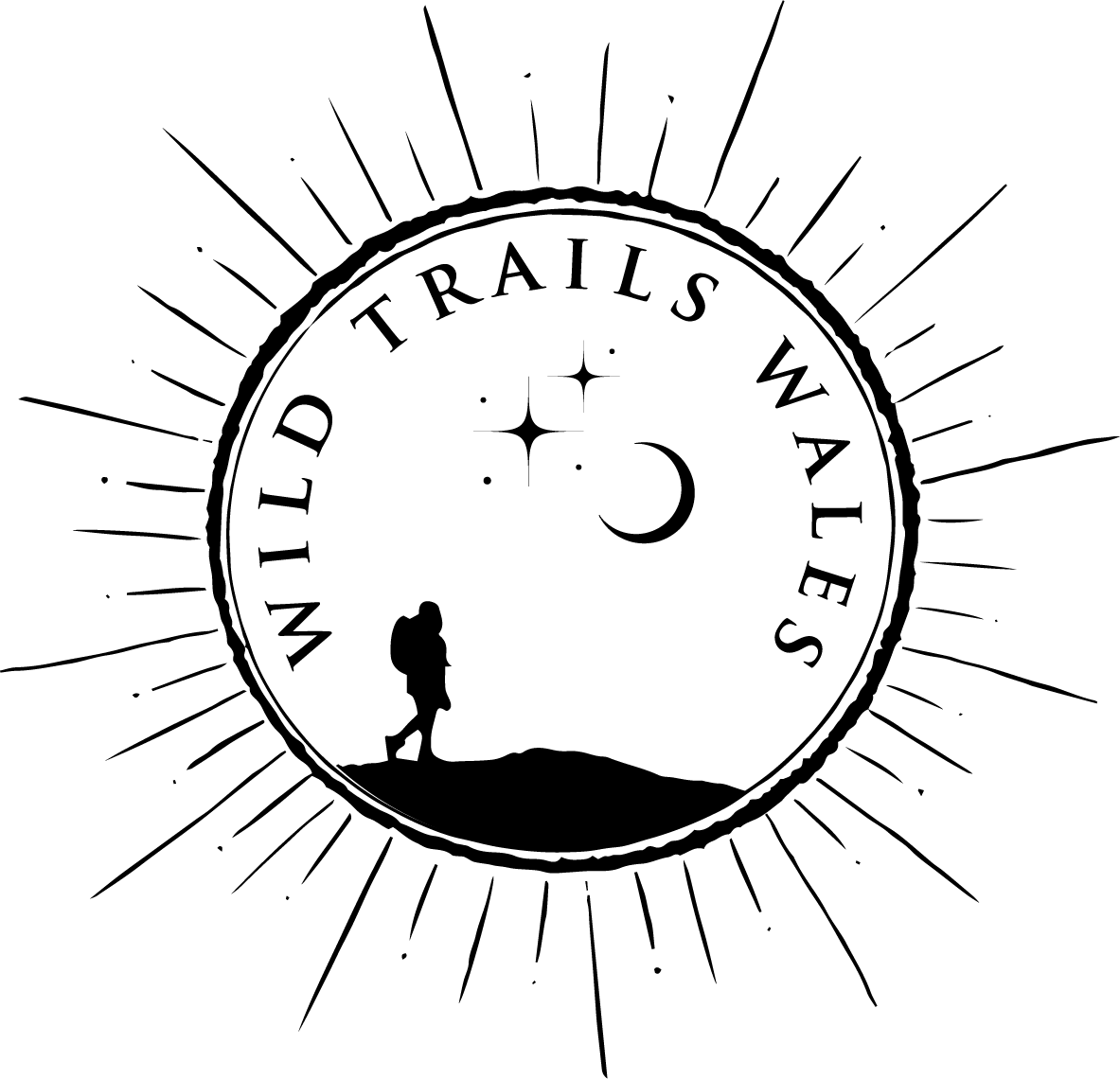Wild Trails Wales Guide: Hiking in Wales - where can I go?
Wales has long been a walker’s paradise due to its’ myriad of breathtaking landscapes, sparse population, mountains, coast and friendly locals (even if I do say so myself!) but recently Wales has gained serious attention as a top destination for hiking trips, featured by National Geographic, Lonely Planet, Rough Guides and Conde Nast Travel in the last year or so.
So, you’ve decided you want to go hiking in Wales but you’re a bit worried about how it all works. Do you just turn up and walk, do you have to follow specific trails, do you need permits, how do you know where you’re allowed to go?
Pembrokeshire Coast Path
First things first, relax. Wales has to be one of the most accessible places in the world to hike and for the moment no permits are required anywhere. Walking is ingrained in our culture, and fortunately almost anywhere is accessible on foot.
For Lowland areas, including coast path, woodland, riverside, farm land etc. there is an extensive network of Rights of Way. These include foothpaths, bridal paths and byways, and you can walk on any of them. On the ground these are usually marked using yellow (or for bridleways blue and byways red) arrow signs and finger posts. Often there will be a physical trail on the ground to follow, but not always. Also look out for stiles (wooden steps allowing access over a fence - these come in all shapes and sizes) or gates as these usually indicate a right of way.
A ‘stile’ offers a way of crossing a fence or wall.
The vast majority of upland and open moorland areas are Open Access Land. In short, this means you have the right to roam anywhere once you have entered open access land using a designated access point. Technically in these areas you don’t have to stick to pathways, however where there is a path it is encouraged to prevent damaging fragile wildlife habitats and to reduce erosion.
It’s important to be aware that even with these rights of access, most of the land in Wales is privately owned, and it is important to respect the landowner and environment and follow the Countryside Codes.
To plan your route, and find your way while you’re out and about, the Ordnance Survey (known colloquially as the OS) has maps which cover everywhere in Wales, which come in different scales. The 1:25 scale maps give the most detail, and 1:50 maps cover a larger area in less detail. On 1:25 maps look out for green lines which indicate a right of way. on 1:50 these are marked in pink. Open access land is marked in yellow with an orange-ish border. They also have a good app which has everything digitally, but it’s a better idea to have a map with you when you’re out and about.
Some of the most well-established national trails such as the Pembrokeshire Coast Path or Offa’s Dyke Path and the hugely popular Wales Coast Path for example, are very well marked and have their own way markers, maps and guidebooks, and can be a great place to start if you want to stick to established and well-serviced routes.
If you’re not sure, there are many organisations out there such as Ramblers Cymru and the National Trust which run walking festivals and events, or, of course, you could ask a guide to take you - apply within!



